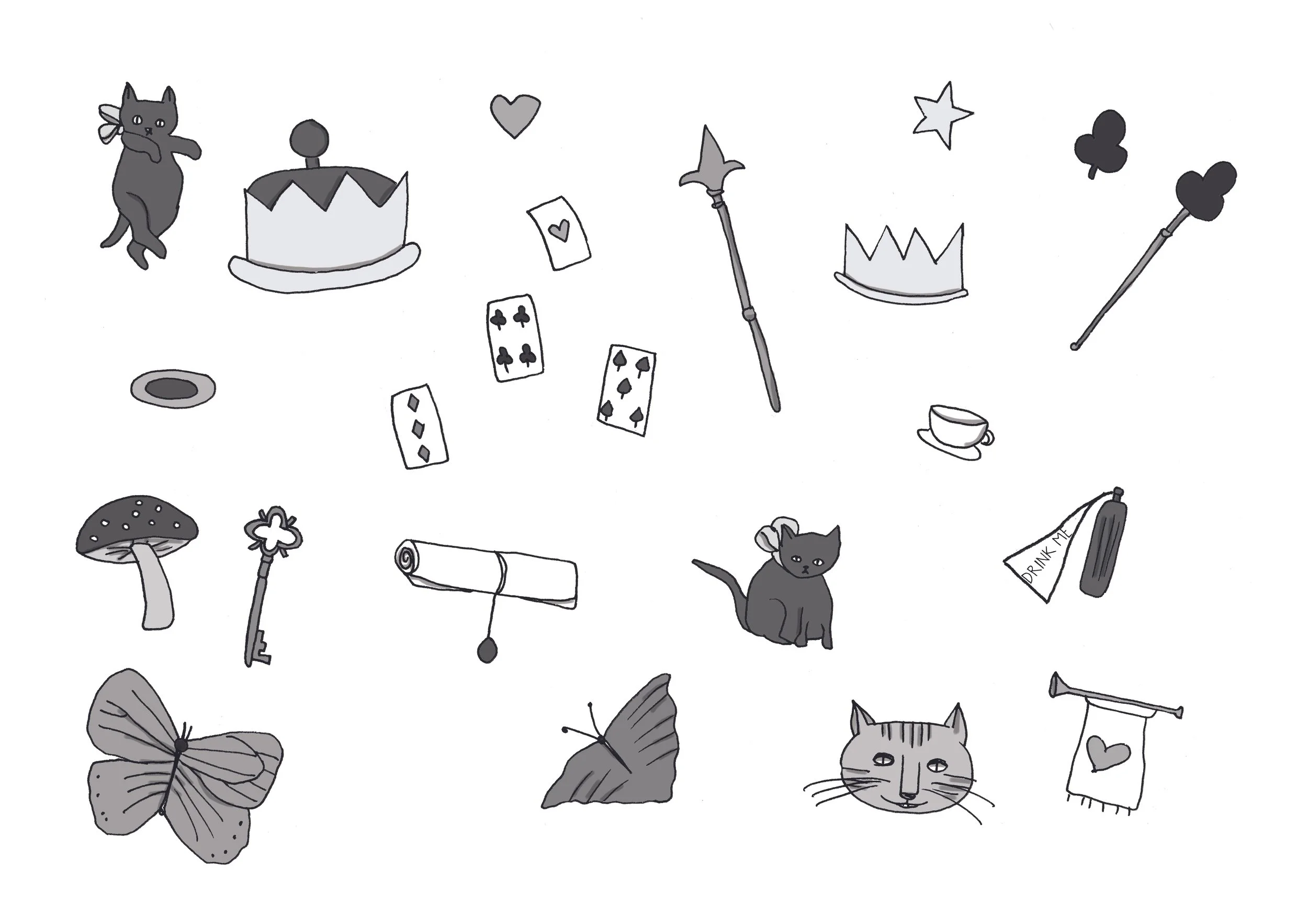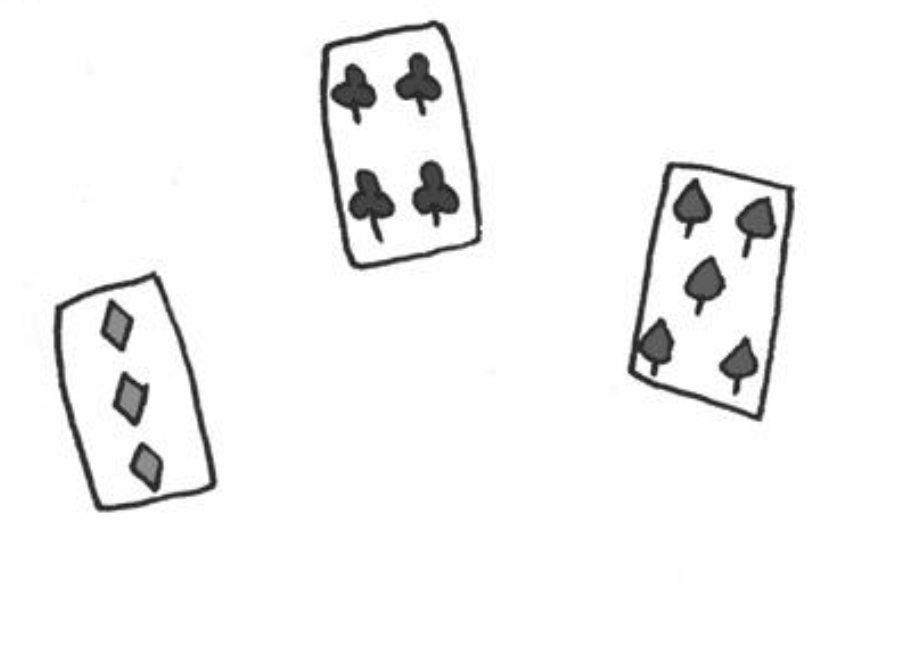“And what is the use of a book,” thought Alice, “without pictures or conversation?.”.”
— Lewis Carroll, Alice’s Adventures in Wonderland (1865)
Story-telling:
Exploring Neurodivergence Through Narrative, Reflection & Wonder
“Stories are not merely stories; they are rhetorical sites of resistance, activism, and world-making.” – Yergeau, On Authoring Autism (2018)
Storytelling: Resistance, Kinship, and Cultural Belonging
At Alice’s Wonderland, storytelling is not just expression—it is resistance, connection, and community. It is how neurodivergent people reclaim narrative authority, build neurokinship, and weave a broader narrative ecosystem that challenges systemic erasure and imagines new possibilities.
☆ Storytelling as Resistance and Epistemic Justice
At Alice’s Wonderland, storytelling is at the heart of everything we do. It’s not just a way to share experiences—it’s a way to connect, challenge, and create belonging in systems that were never designed with us in mind.
We believe in the power of stories and storytelling to reframe, reclaim, and reimagine the world—especially for those whose voices have historically been misread, misunderstood, or marginalised. As Melanie Yergeau (2018) reminds us, reclaiming narrative is an act of epistemic justice, empowering neurodivergent people to author their own experiences rather than being objects of others’ stories.
“To author oneself, to claim narrative authority, is to contest who has the right to shape our realities.” — Yergeau, 2018, p. 6
Storytelling is more than personal expression. It is a form of resistance: a way of making visible what systems and institutional narratives erase and silence. By authoring our own narratives, we assert our humanity against medicalised and pathologised interpretations of our minds, bodies, and identities.
“Narrative is how we assert our humanity against medicalised and pathologised readings of our minds and bodies.” — Yergeau, 2018, p. 23
We centre non-normative storytelling not as an alternative—but as an essential narrative form. Looping, scripting, silence, metaphor, poetic logic—these are not flaws in expression, but forms of autistic brilliance. They resist literary and diagnostic conformity alike.
Narrative Disobedience, as articulated by Orme (2010), is a practice we actively apply and extend within Alice’s Wonderland to explore neurodivergent storytelling as resistance. Alongside this, we develop the concepts of Structural Empathy Failure, Neurokinship, and the Narrative Ecosystem as original frameworks of Alice’s Wonderland—tools for reimagining how story functions as justice, kinship, and cultural survival.
This act of narrative reclamation is fundamentally about epistemic justice—about asserting our authority to define our lived realities on our own terms. A neuroaffirmative practice that values inner worlds, lived truths, and imaginative possibility.
☆ Storytelling as Kinship and Connection
At Alice’s Wonderland, storytelling is not only resistance—it is relationship. It allows us to recognise ourselves and each other, to create neurokinship across divergent lives and experiences. Following Yergeau’s framing of narrative as epistemic justice, we also understand it as neurokinship— a form of cultural belonging, emotional resonance, and mutual recognition within the neurodivergent community - a way of finding one another in a world that often isolates us.
While the notion of 'Neurokin' has emerged within neurodiversity advocacy, the concept of Neurokinship as articulated by Alice’s Wonderland explicitly extends and deepens this idea, emphasising relational epistemologies, solidarity, and cultural reclamation.
We tell stories not only to speak back to systems, but to speak toward each other. To build a shared language of resonance. To remind ourselves that our experiences are not anomalies—they are echoes of each another
☆ Story as Cultural Formation
The role of storytelling in shaping autistic community, culture, and solidarity is well documented. As Kapp (2020) illustrates in Autistic Community and the Neurodiversity Movement, storytelling has played a central role in shaping autistic culture—not just for visibility, but for collective identity.
“Autistic people have created culture through sharing experiences. Storytelling has been a mode of both solidarity and resistance.”
— Kapp, 2020, p. 13
This storytelling does not need to follow normative or conventional arcs. It may be poetic, fragmentary, looped, sensory-rich, or nonlinear.
These forms are not limitations—they are forms of autistic brilliance. They resist literary conformity just as our lives resist diagnostic containment.
At Alice’s Wonderland, we celebrate these stories not as case studies, but as conceptual contributions. They are not simply accounts of experience, but architectures of thought—ways of thinking with the world, not just about it.
☆ Storytelling as Community-Making and Collective Belonging
Drawing on the work of Yergeau (2018), Kapp (2020), and neurodivergent collectives, we understand storytelling not only as resistance, but as a way of finding each other. Stories act as bridges—creating emotional connection, cultural memory, and what Yergeau frames as epistemic kinship.
Neurodivergent storytelling doesn’t need to follow conventional arcs. It may be looping, sensory, poetic, or fragmentary. These forms are not limitations—they are expressions of autistic brilliance. As Kapp writes, autistic culture is shaped through shared narrative, where storytelling becomes both solidarity and community.
At Alice’s Wonderland, we honour these stories not as testimony alone, but as the architecture of belonging.
☆ Narrative Ecosystem
This is more than a blog. It is a narrative ecosystem: a layered space for rethinking systems, identity, and belonging through neurodivergent storytelling. It is an archive in motion, shaped by wonder, grief, rebellion, and reimagining. As the platform evolves, it will continue to amplify narratives that speak truth to power and imagination to systems.
Whether rooted in rage, reflection, theory, or wonder, each story contributes to a broader narrative kinship and shared cultural fabric—one that centres lived experience as truth, and truth as transformation.
This ecosystem spans across three storytelling constellations grouped into three interconnected pathways — each offering a different lens into the neurodivergent experience and the systems and structural forces that shape us. This series spans both our ND Voices and Essays collections—exploring storytelling as resistance, as kinship, and as epistemic justice.
Borrowing from media studies’ concept of Narrative Ecosystems (see Cambridge, 2023), Alice’s Wonderland uniquely applies and extends this framework to neurodivergent storytelling, extending it into a justice-oriented model of cultural formation, narrative solidarity, and epistemic survival
☆ Why Storytelling?
In a world built on compliance, metrics, and misrecognition, storytelling brings us back to human connection. It gives form to silence, voice to truth, and shape to the futures we imagine.
At Alice’s Wonderland, we believe storytelling is the radical act of being known on our own terms—and of finding one another in the telling.
➽ We invite you to read, feel, reflect, and tell your story

☆ Storytelling-constellations ☆
At Alice’s Wonderland, this narrative ecosystem unfolds across three interconnected constellations of storytelling. Each offers a different way of knowing, feeling, and imagining:
☆ Neurodivergent Voices ☆ centres lived experience as counter-narrative
☆ Essays & Reflections ☆ bring analysis and theory into dialogue with story;
☆ Notes from Wonderland ☆ opens space for poetic, sensory, and nonlinear expression. Together, these realms form the architecture of our storytelling practice—resistance, kinship, and wonder interwoven.
Lived Experience as Counter-Narrative
These pieces centre first-person truth and storytelling as resistance, kinship, and cultural reclamation.
Raw, real, and rooted in truth. These are the stories of autistic, ADHD, PDA and otherwise neurodivergent individuals and families: stories of survival, brilliance, burnout, and becoming.Here, lived experience speaks back to systems and into solidarity. — offering insight into daily life, care journeys, advocacy, trauma, and transformation.
✦ This section centres storytelling as testimony — a counter-narrative to the institutional gaze.
✦ Storytelling as testimony.
Theory-Infused, Systems-Aware Writing
Here, storytelling is analysis. These pieces zoom out into storytelling as structural philosophy, conceptual practice, and political strategy.
This is where analysis meets activism. Essays and think-pieces that blend academic thought, policy critique, psychological frameworks, and personal experience— all through a neurodivergent lens.
From SEND PTSD and Structural empathy failure, to the ND model of attachment, these pieces challenge dominant narratives and offer new language for old pain.
✦ Here, storytelling becomes structural insight.
✦ Storytelling as structural insight.
Poetic Explorations & Dream-Logic Dispatches
A softer, slower space — full of curiosity, metaphor, and wonder.Part creative nonfiction, part sensory reverie, these writings stretch language to meet the emotional landscapes of autistic and neurodivergent minds. Dreamlike fragments, field notes, and lyrical dispatches that honour emotional complexity and sensory intelligence.
✦ This is where Alice wanders — and wonders.
✦ Storytelling as sensation, metaphor, and meaning-making.
Storytelling series
-

Neurodivergent voices
Centres lived experience as counter-narrative
-

Essays & reflections
Analysis & Theory into dialogue with story
-

Notes from Wonderland
Poetic, sensory and non-linear expression




